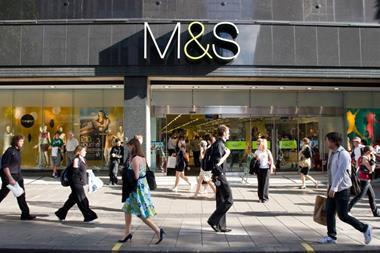Tesco chief information officer Mike McNamara announced at last week’s National Retail Federation conference in New York that Tesco is spending around $100m on its store architecture.
Granted Tesco has more money to spend than most, but it’s the latest in a recent flurry of multichannel-related investments in the industry as retailers start to roll out the type of infrastructure they’ll need to get through the next decade. If the systems making up the business’ technology backbone aren’t good enough, you won’t be able to offer customers the services you’d like to. As McNamara said: “These days architecture is everything - it’s the most important thing to all of us. If you’ve got a good architecture you’ve got it right. We will be able to do all those things we want to do for years to come. If you get it wrong it becomes impossible.”
Tesco’s new platform means that all applications – online, in-store tills, self service machines, or mobile – will run on the same system and in the same way. It will make Tesco’s cross channel activity much easier to handle, and paves the way to services like order online, pay in store. There is even the possibility of linking up store systems to customer data, meaning tills could make recommendations, show purchase history or give targeted offers at the point of sale, although McNamara says there are no plans for that. And with Tesco’s banking arm growing, customers might be able to bank at the till in the future.
McNamara says the investment reflects Tesco’s acknowledgement that the “store is no longer an island.” The architecture connects stores with the outside world and will help the retailer act as more of a single entity instead of in separate channels – which is ultimately the aim of multichannel retailing.
McNamara said: “Customers use stores and the internet interchangeably and we saw that even five years ago. Over Christmas in general merchandise 60% of online orders were collected from stores rather than sent to homes. That rose to 80% in Christmas week.” The architecture, provided by Retalix, will be rolled out internationally and will take several years.
He added technology is becoming more central to how retailers do business. “Once upon a time IT thought about big transaction processing systems. Now it’s all about sales. Technology is going to drive sales on the internet or you use it to make stores better. I see a huge technology injection going into stores and in front of customers.”


























No comments yet